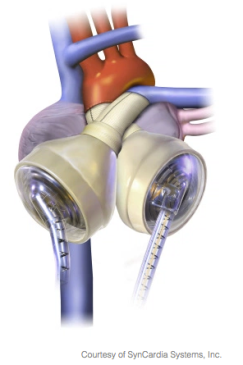It is the year 2050 and the world is slowly decaying politically, economically and environmentally. This is as a result of the hacking of an Emotion Balancing Unit (EBU), a chip designed to eliminate negative emotions in the human brain that can interfere with one’s ability to think positively. As a consequence of our own invention, the earth is now a dystopian world. This is further reflected by this imagined sketch of what has become of Sydney’s inner west area.
The narrative of our world follows our focus candidate Pedro Gonzales who has this EBU implanted into his brain and is trying to survive as he deals with the devastating repercussions of the chip. He is unstable and paranoid as he tries to get by in this dire world he lives in. After much consideration of what it must be like living in these circumstances, we asked ourselves what would ultimately be useful for Pedro and was not entirely unrealistic for him to make himself or find. We decided then that he would need a wearable object that provides camouflage and protection from the elements. This purely functional garment designed for everyday use has many attachments to what used to be a pair of worn jeans and wind breaker jacket. Through consistent work, addressing certain functional needs discovered through his everyday survival, wear and tear, and finding new materials, this garment is constantly being edited and is a work in progress. Although it may be clear, this garment was created with the idea that Pedro has no skill in sewing and therefore the stitch work is authentic.
This framework has made me realise that Pedro has become a designer in his own right; he improvises his way to freedom and survival. This style of designing is similar to that of The Campana brothers, Fernando and Humberto from Brazil. Their designs represent the colourfulness of their home country and their style is characterised by their trademark use of existing materials, which allows for much attention to be paid to the potential of each individual material with form and functionality as the main focus. Funnily enough, the most impressionable of the Campanas’ designs were those made through improvisational approaches to design. This direction has allowed them to experiment with materials and give them a new meaning. One of their most renowned works is the ‘Sushi Chair’. It has been made from scrap pieces of fabric, foam and carpet to form an aesthetically pleasing seat as a result of chaos.
The Sushi Chair, by the Campana Brothers
After much research I found that improvisational design – which may not always be created with the intent for survival- is a rather popular way of gaining inspiration when creating new forms. As a student of product design, I find myself often doing the same; making do when I do not have the ideal resources on hand. It is definitely a survival skill from any perspective.
Bradford Keeney, creative therapist, cybernetician, anthropologist of cultural healing traditions, improvisational performer, and spiritual healer further explains this notion of improvising as he states that “Becoming an artist involves moving away from impersonating others and developing one’s own improvisational style. An artist fully utilises his or her personal resources and limitations to create a unique style that is an aesthetic portrait of self-in-context” (1991). Furthermore, this supports the relevance of our speculative object in the context of the dystopian 2050 world.
References:
Ishizaki, S. 2003, Improvisational design, MIT Press, Cambridge, Mass.
Keeney, B. 1991, Improvisational therapy, Guilford Press, New York.
Metropolismag.com, 2013, The Campana Brothers’ Improvisational Design – Point of View – February 2013, viewed 21 October 2015, <http://www.metropolismag.com/Point-of-View/February-2013/The-Campana-Brothers-Improvisational-Design/>.

















